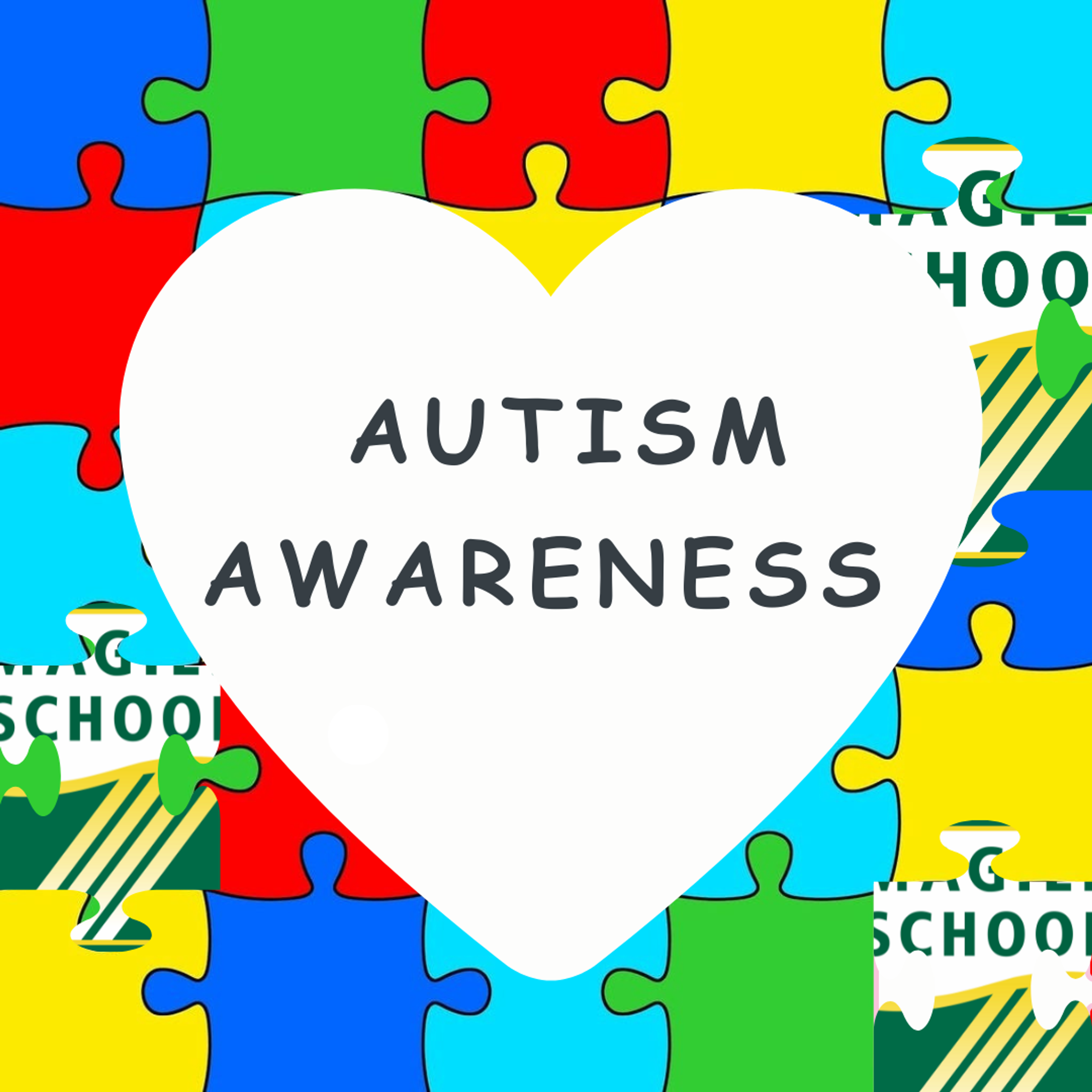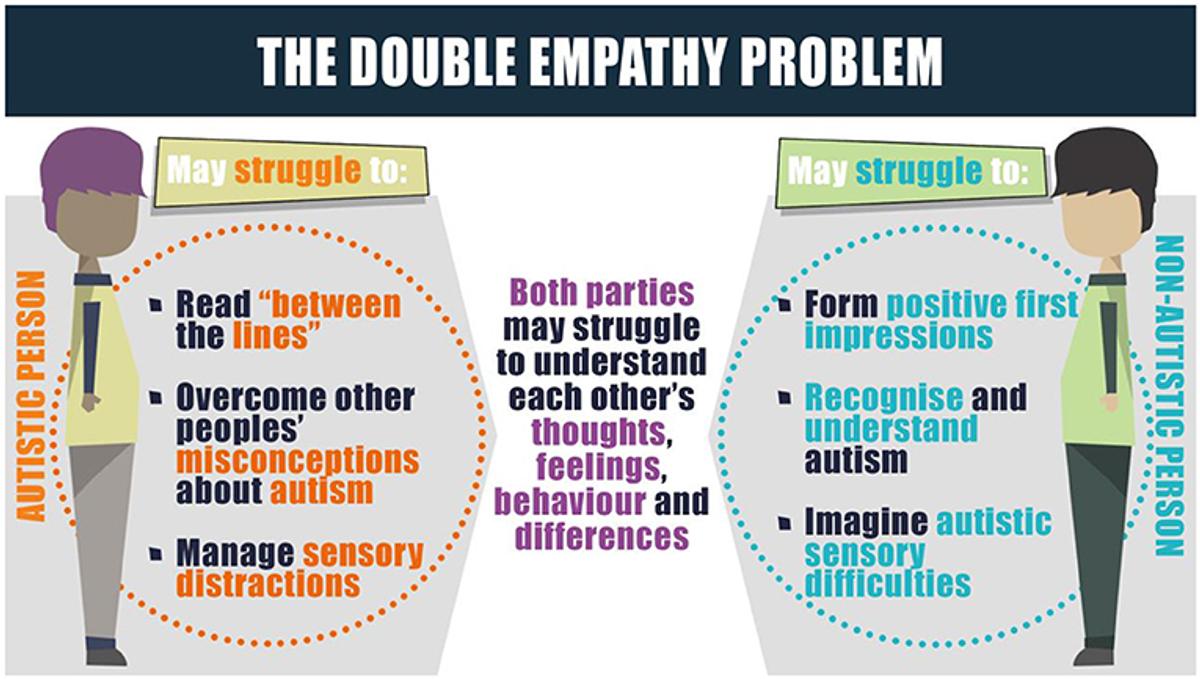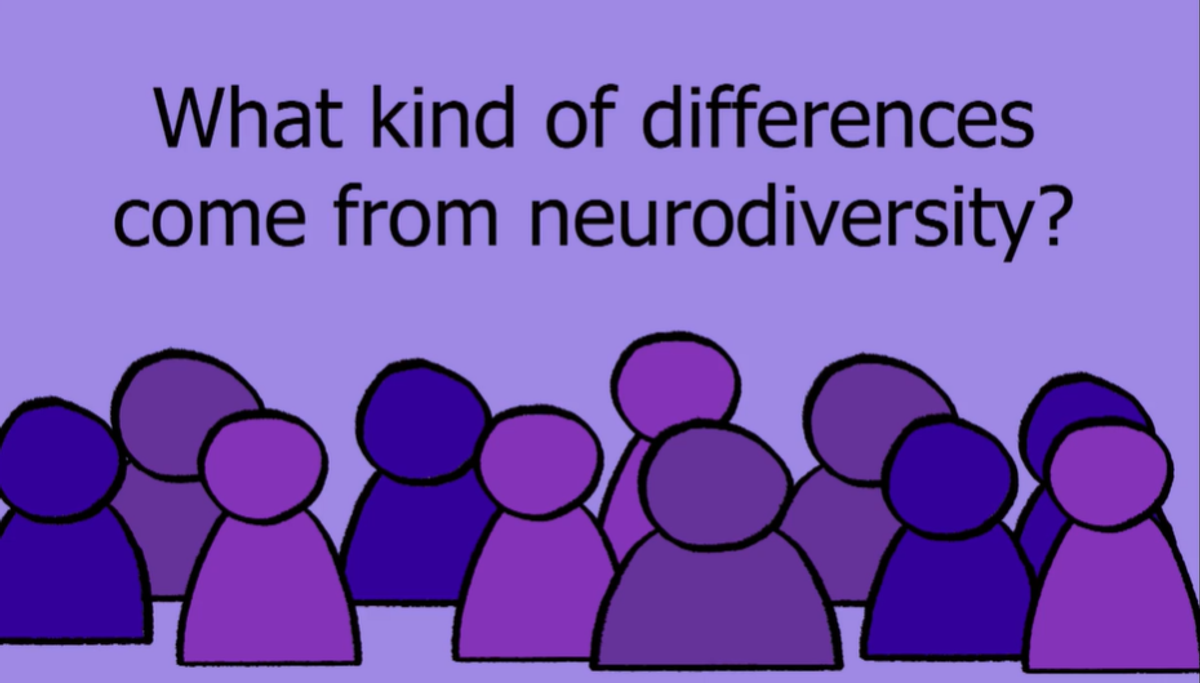Autism Inclusion Teacher

The Double Empathy Problem
Why Autistic People Are Often Misunderstood
On Monday at our Inclusion and Wellbeing Pupil Free day, I shared with the staff information about the Double Empathy Problem.
Autistic people can find it exhausting and confusing to understand non-autistic ways of communicating. Likewise, non-autistic people might feel uncomfortable when they are around autistic people because their usual ways of communicating do not work as well. This mismatch between social expectations and experiences can make communication between autistic and non-autistic people difficult. That is why building understanding and empathy is described as a “double problem,” because both autistic and non-autistic people struggle to understand each other.
By finding out more about how the double empathy problem plays out in real life, we can help non-autistic and autistic people to understand each other better and help them to “meet in the middle.” Improving our understanding of the ways that autistic and non-autistic people interact might help autistic people to find it easier to spend time with non-autistic friends and family. It may help people who are not autistic avoid leaping to conclusions based on assumptions about autistic people, and to be less judgmental of them. This research may also provide people who are not autistic with more creative and accessible ways of communicating with others. Overall, for both people who are autistic and those who are not, understanding how each other communicates can help us build understanding and make the world more inclusive and accepting of everyone—and that is important!
Here is a link to a great video that explains the difference between neurotypical and neurodiversity and how it relates to a schooling situation.
I hope you find it informative.
With Kindness,
Lisa Williams



